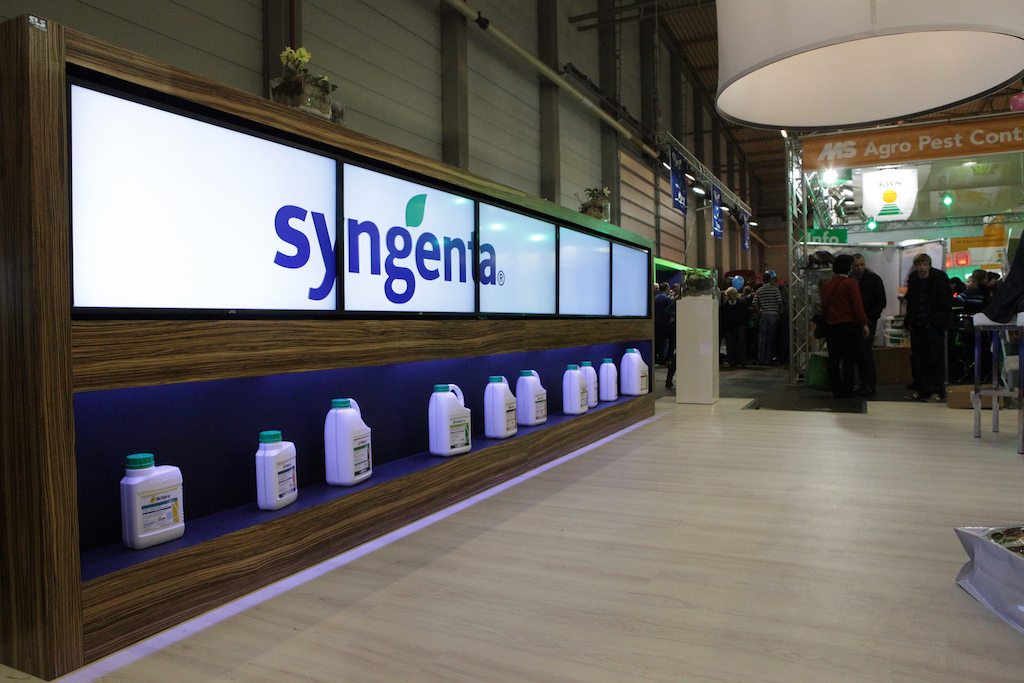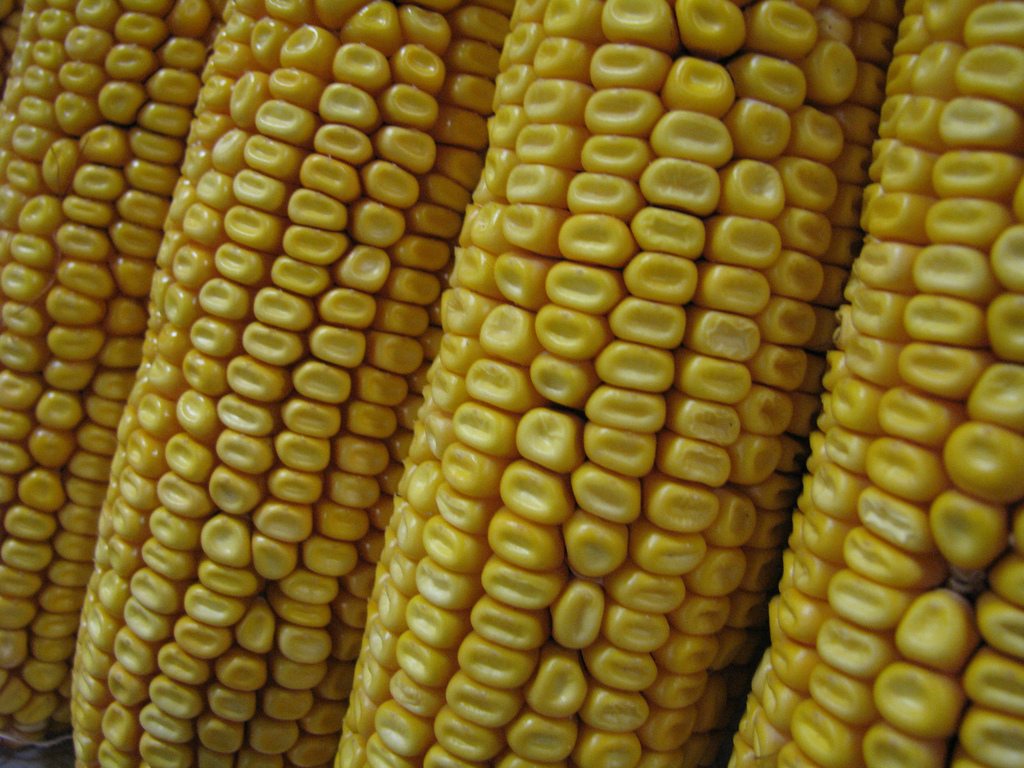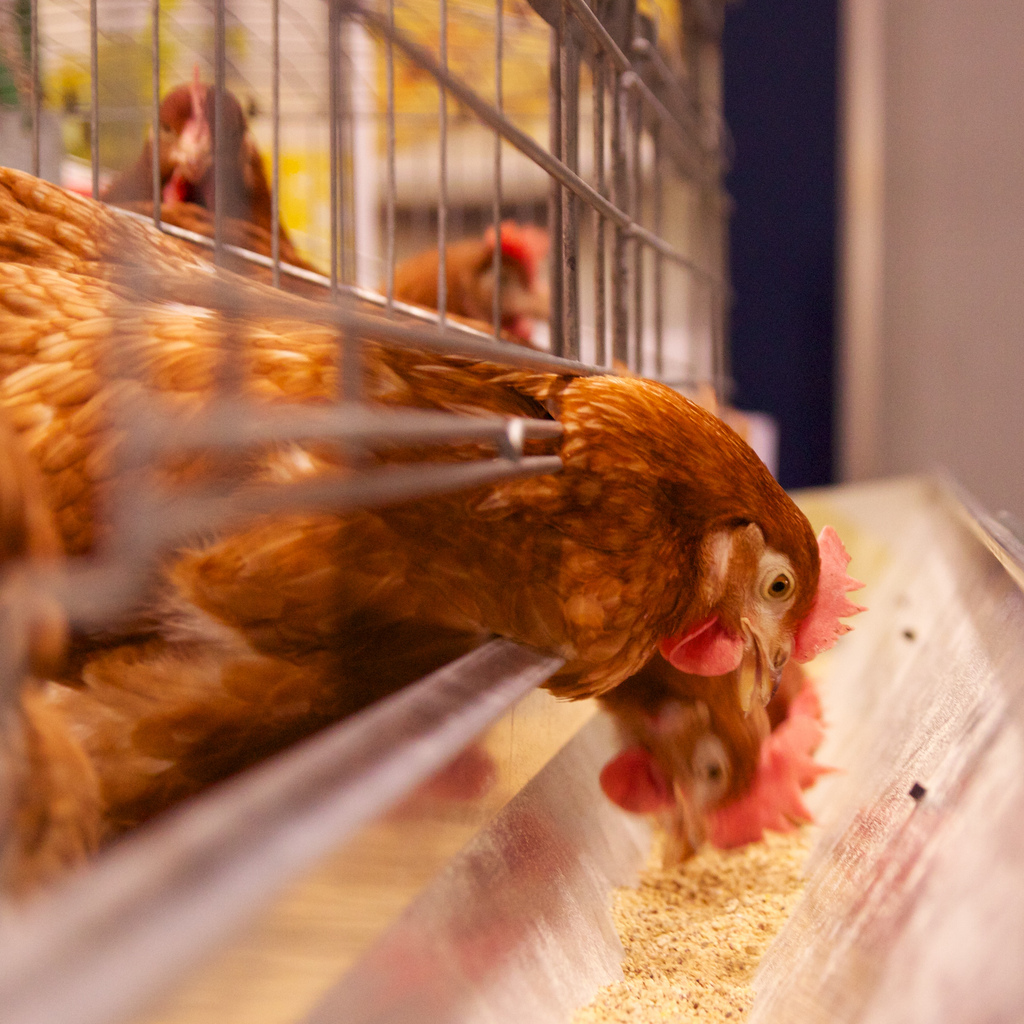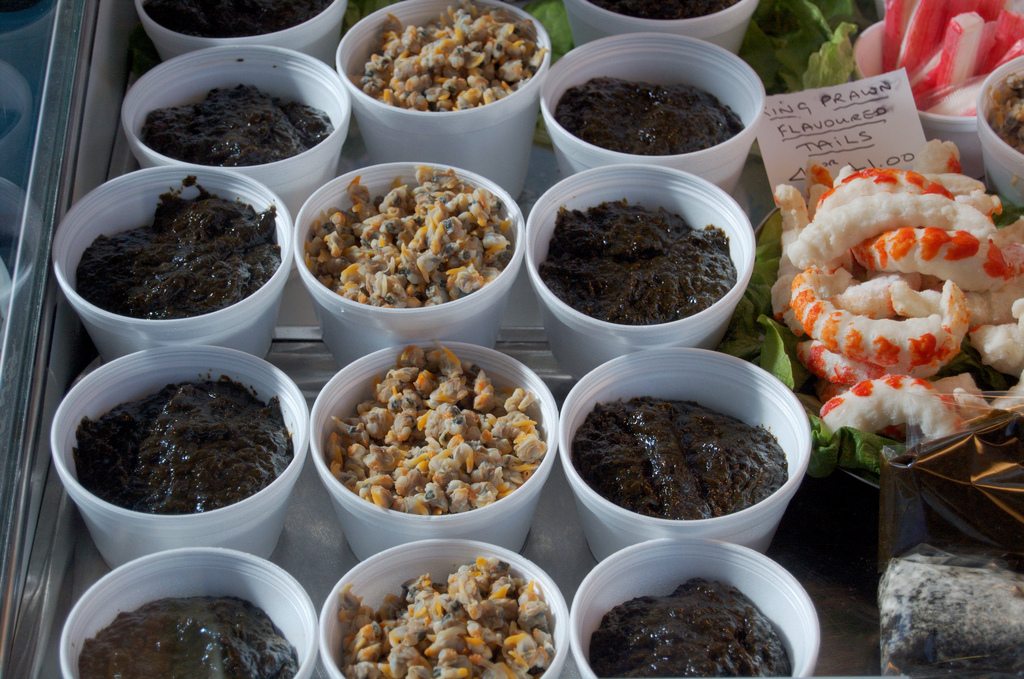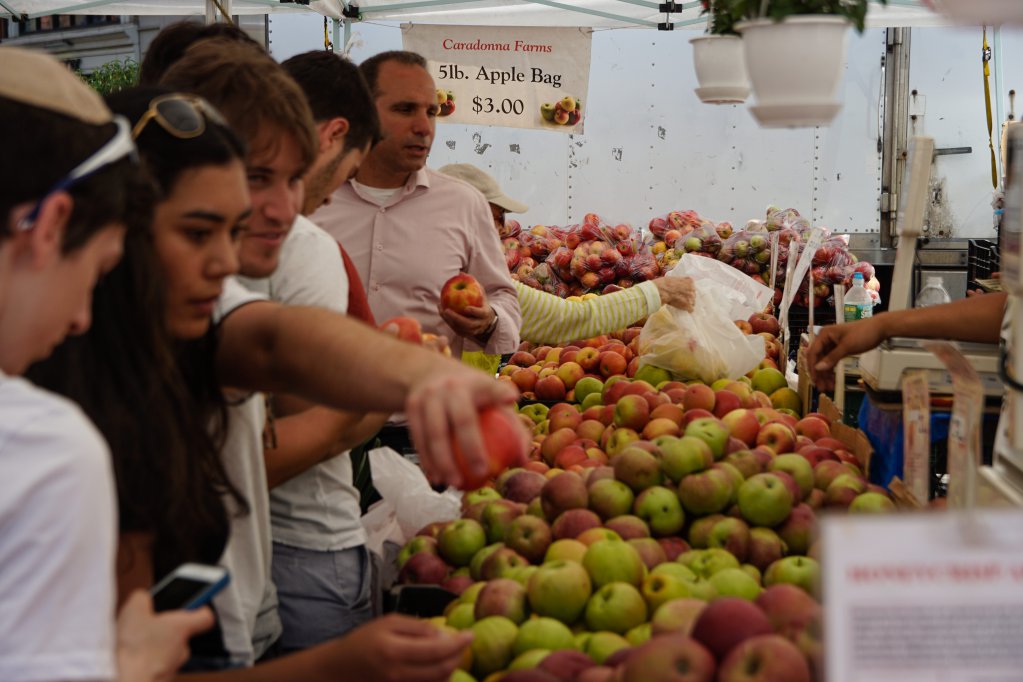Update: March 13, 1:21 p.m., EST. On Monday, some of the details of a nationwide settlement between corn farmers and agribusiness Syngenta became public. The farmers sought court approval of a $1.51 billion agreement, which is believed to be the largest agricultural class-action settlement in history, Reuters reports. News of the settlement was first reported in September following a separate jury ruling in June that found Syngenta had been negligent in marketing a new corn breed to Kansas farmers before it had been approved in China. But no financial details were released at the time.
Several different lawsuits were filed against Syngenta over this issue. Plaintiffs included Cargill Inc., Archer Daniels Midland Co., and a number of other suits from farmers in states including Kansas. This nationwide settlement includes corn farmers, grain handling facilities, and ethanol plants and applies to all farmers’ litigation in the United States, meaning the state-level suits will not proceed. The settlement was first announced during a class-action trial in Minnesota in September, Bloomberg reported at the time. But Monday’s announcement included the financial details.
_______________________________________________________________________
Over the summer, a jury in the United States District Court for the District of Kansas ruled in favor of 7,000 farmers against Syngenta. The class-action suit alleged the Swiss agribusiness committed negligence by prematurely introducing a variety of genetically modified corn called Agrisure Viptera (and another called Agrisure Duracade) in 2011. At the time, Viptera was approved in many key markets including the United States, Canada, and Mexico. But Syngenta assured farmers it would be approved in China, an increasingly important corn buyer, in time for the harvest—and when it wasn’t, the plaintiffs lost a lot of money. The ruling was considered a harbinger of things to come—several similar class-action suits against Syngenta had been filed in other districts. Now, we’ve learned those cases were settled for $1.5 billion.
The jury deliberated for half a day before finding Syngenta negligent, awarding $217,700,000 in compensatory damages to the corn growers, according to a statement published in June by Gray Reed & McGraw, a firm co-representing the farmers in the case. The four co-lead counsel issued the following statement: “The verdict is great news for corn farmers in Kansas and corn growers throughout the country who were seriously hurt by Syngenta’s actions. This is only the beginning. We look forward to pursuing justice for thousands more corn farmers in the months ahead.”
The case centered around the farmers’ claim that Syngenta acted with negligence when it assured farmers their product would be marketable in China. The plaintiffs alleged Syngenta knew ahead of time that China would not approve Viptera in time for the 2011 crop, yet marketed it to farmers anyway—obscuring the risk that their crop might be rejected by a key importer. Syngenta, on the other hand, claimed that China was a relatively small market when it started selling Viptera to farmers, and that it had not been negligent because the corn was approved in other major export markets. The farmers claimed that Syngenta knew China would start importing a lot more American corn. (In 2011, China wasn’t importing all that much, but imports spiked soon after, and the country quickly became one of U.S. corn exporters’ largest markets).
Even though Viptera wasn’t approved in time, China initially accepted shipments anyway. Starting in late 2013, though, China began rejecting those shipments that carried the genetically modified corn. Since those rejected corn shipments contained a mixture of Viptera and non-Viptera corn, China’s refusal affected many more farmers than those growing Viptera, and corn prices plummeted worldwide. The farmers claimed China’s rejection caused the bad year; Syngenta claimed prices were already taking a nosedive. I wrote a more detailed backgrounder here.
The Kansas farmers requested $217 million in actual damages and $780 million in punitive damages. Another larger case, which involves 60,000 plaintiffs, went to trial in Minnesota on July 10. There were eight total class action suits pending against Syngenta over Viptera which were combined for the $1.5 billion settlement, which includes all corn growers who meet the necessary qualifications and submit a claim.
In a June statement, Syngenta reiterated its stance that it commercialized Viptera in compliance with U.S. law. “Syngenta believes that American farmers should have access to the latest U.S.-approved technology to help them increase their productivity and yield,” the statement reads. “American farmers shouldn’t have to rely on a foreign government to decide what products they can use on their farms.”
An interesting twist to keep an eye on in the meantime: Syngenta is in the midst of a merger with Chinese state-owned company ChemChina. If its appeal is not successful, the $43 billion price tag might’ve just gotten more expensive—by $1.5 billion.
